 By Deepu George January 26, 2021
12 min read
By Deepu George January 26, 2021
12 min readTop 8 financial trends for 2021
The finance space is experiencing a positive acceleration post pandemic. Technological advancements in this industry with some cutting-edge technologies aim to help financial service companies and their clients to manage finances seamlessly.
Right from digital-only banks to contactless payments, let’s check out some of the hottest trends in the fintech software development that would turn your fintech app into a high-end fintech product.
Digital Banking
One of the trends that has no looking back is the growth of digital banking or digital-only banks. Digital banks don’t have a physical branch that has to deal with loads of paperworks and long lines. Flexibility, convenience, innovation, and cost-effective services are some of the strengths of digital-only banks that are competing head-to-head with the legacy systems.
With the advent of digital banking, consumer visits to the banks have seen a drop of 36% from 2017 to 2022. Moreover, there is a commendable 121% rise in the mobile transactions within 2017 to 2022 timeframe. The figures are loud enough to show an accelerated shift towards digital banking and a threat towards the traditional banks.
Digital banking is a result of innovation by next-gen fintech startups that aimed to provide an exceptional customer experience with industry-leading financial services through fintech apps. Digital banking platforms like Monzo, Revolut, Monesse, Ally continue to create a wave in the financial ecosystem.
Digital banking is an absolute treat for younger, tech-savvy, and internet users who find simple and secure ways to manage their finances. With the technological advancements in Artificial Intelligence, biometrics, open banking, and cybersecurity, digital-only banks are ready to offer consumers a wide range of financial services with convenience at par.
Biometric security systems
Today, mobile banking is widely adopted as the services are literally available at your fingertips. As customers want to access services at their convenience, innovations have led to amazing achievements in the finance ecosystem, but invited a lot of security-related concerns. As cybercrime is on the rise, leading fintech app development companies are intensely trying to develop fintech apps that follow all the regulatory compliances and have top-notch security measures.
The biometric market is witnessing a major technological shift as it promises to take security to the next-level. COVID-19 has fueled the growth in the adoption of biometric security systems as it provides consumers the assurance that their data is secured.
The biometric market has seen a lot of innovations right from identity verification to contactless solutions, including contactless financial cards. There are two types of biometrics, physiological and behavioral. Physiological biometrics include systems that use facial recognition, iris pattern, fingerprint technology, hand geometry, retina pattern, and biological biometrics. Behavioral biometric includes systems that use written signature, keystrokes, voice, gesture sequences, and gait-related features.
There is a lot to look out for the latest technology advancements in biometric security. There is a high probability that contactless biometric systems like facial recognition, iris scanner, retina pattern, voice, hand vein capturing, and many more will emerge powerful in protecting user data and applications.
Autonomous finance
Do you know why fintech apps are known as the fundamental building blocks of autonomous finance?
Fintech apps help people to engage with financial services of their choice and reshapes the entire process through seamless communication, intuitive user-experience, and personalization.
Due to the various benefits of finance technology such as lower rates and fees, wide range of features and functionalities, easy set up and onboarding of customers, 24X7 availability of services, and compatibility and flexibility, the drive to explore further developments in autonomous finance has increased. Autonomous finance has the idea of self-driving funds where the technology helps to make decisions on the basis of the customer about their finances. These decisions may be about investment, loan, or about any information that the customer may require about his account.
One of the biggest achievements in Autonomous finance is Robo-advisors. Robo-advisors are programmed to do financial planning of the customer, mutual fund management, automatic saving applications, investment, loan approval at favorable interests, and many more.
Autonomous finance is all about how finance is backed by disruptive technologies like AI and machine learning to manage users’ money and make instant decisions on the basis of their spending behaviors. 2021 will be all about how the technology shift will skyrocket the growth of Autonomous finance globally.
Embedded Finance
With a whopping figure of $230 billion by 2025, embedded finance is a significant promoter of finance democratization. Embedded finance is on the rise with the emergence of digitization. The changing patterns of consumer purchasing behaviors have led to a consumer-centric digital platform economy that became a new norm for the younger generations.
Over the years, embedded finance has seen a tremendous willingness of the consumers to avail themselves financial services from a non-financial provider. With the help of BaaS, both fintech companies and non-financial institutions offer highly targeted integrations to solve customers’ specific needs
Embedded finance is worth your attention as it offers convenience, a seamless payment experience, a user-friendly interface, higher engagement, greater visibility, higher conversions, and revenue.
Embedded finance holds a lot of innovative opportunities in areas such as specialized SaaS, marketplaces, eCommerce, mobility, and other wide range of business verticals. Embedded finance offers business opportunities for startups, SMEs, and large enterprises by embedding financial services with the help of BaaS providers.
Digital currencies
2020 has witnessed a surge in the cryptocurrency space after a two-year steady graph. With the outbreak of COVID-19, digital payments caught the limelight and forced many governments and customers to conduct transactions digitally reducing the risk of the spreading of the virus.
The pandemic made many eCommerce store owners and other online delivery platforms improve their online offerings as they experienced a rapid surge in the traffic. This resulted in banks to improve their financial offerings. One of the popular examples was in Kenya where the central bank waived the transaction fees of transactions completed via mobile banking.
The shift in payment preferences gave rise to the use of digital currencies as an alternative in this digitalized world. Digital currencies like cryptocurrencies are decentralized. The value of these cryptocurrencies are determined by the market and not by any monetary balance like the Central Bank Digital Currencies (CBDCs). Some of the popular cryptocurrencies are Ethereum, Litecoin, Cardano, Polkadot, Stellar, to name a few among the list.
COVID-19 prompted the rise in digital payments in the emerging markets. Cryptocurrencies are becoming a crucial investment tool to reduce the risk of foreign currency exchange. Digital currencies is set to engage customers globally and flourish as an asset class that has a great opportunity to grow in 2021.
Voice Technology
Most of the tech trends depend on what the customer demands for in the market, specifically the tech-savvy, internet users. This set of consumers often look out for a simple, fast, and convenient way to pay on a day-to-day basis. They prefer apps that would serve the purpose within a few clicks and taps. Here comes AI-powered voice technology that focuses to enhance customer experience in the banking sector.
Voice assistants are already playing good in the market where they are offering optimal experience to customers. Whether today’s weather forecast or requesting to play a song, voice assistants have emerged as a revolutionary technology that uses voice recognition, speech synthesis, and Natural Language Processing to answer your query appropriately through an application.
In banking, voice assistants act as an automated support agent that provides basic details about the user account and card balance. Voice assistants serve customers by replying to common queries, setting up recurring payments, call categorization, and directing customers to the right place.
Another use case of voice technology is using it as a biometric data for payment authorization. Voice payments as popularly known, is a convenient option for the customers for rerouting funds between accounts or sending money to friends through apps like Venmo, PayPal, and so on.
With convenience, voice comes with the fear of security breaches. The demand for voice technology is on the rise and fintech development companies are striving hard to combat security issues by leveraging the power of cutting-edge technologies to make banking experience better without compromising on security.
RegTech
Regulatory technology enables companies to leverage the benefits of technological advancements to simplify the regulatory compliances that drive the finance ecosystem.
Regulatory technology solutions include identity management, regulatory reporting, transaction monitoring, risk management, and compliance software. RegTech helps banks and other financial institutions reduce administrative overhead and ensure financial stability for all. RegTech ensures speed, agility, integrative power, and analytical capabilities.
RegTech relieves you from regulation requirements using automation, powered by big data and machine learning. The patterns gathered from large pools of historical data are examined and analyzed to easily pinpoint frauds or any kind of issues.
Contactless Payments
The global pandemic has resulted in a major shift from cash to cashless transactions giving rise to contactless payments. Contactless payments are rising from just an option to an essential service. As per Forrester Research and National Retail Federation, May 2020 witnessed contactless digital payments for the first time made by 19% of the US consumers.
The contactless payment arena involves contactless options like credit or debit cards, smartphones, smart devices, and smart cards. Tech giants such as Square, Apple, Samsung, to name a few among the others, will see a huge surge as these companies offer contactless payments. Contactless is emerging as a favorite in many countries including the UK, France, Spain, Australia, and many eastern European countries.
Contactless payments are gaining popularity due to speed, secure, and effortless transactions, all resulting in an optimal customer experience.
In a nutshell
The financial trends that we have discussed above are highly influenced as per the demands of the customers in the financial ecosystem. Factors like financial information, transparency, speed, security, and reliability all lead to accelerate the financial service industry development to create seamless customer experience.
These trends will be major drivers in revolutionizing the financial space by leveraging cutting-edge technologies and will aim to align with the needs of the businesses and consumers.
Author Bio


 Facebook
Facebook Whatsapp
Whatsapp LinkedIn
LinkedIn Pinterest
Pinterest







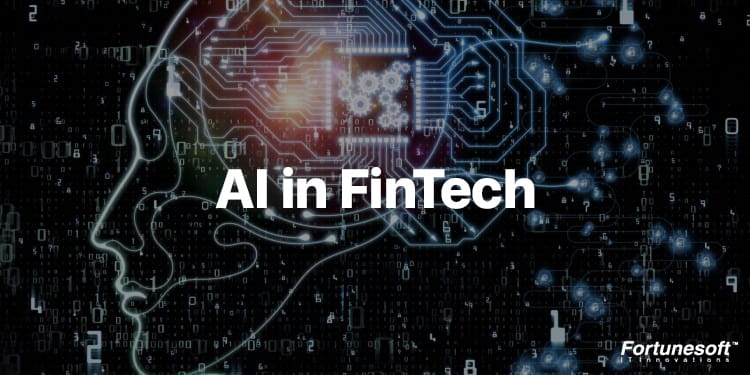
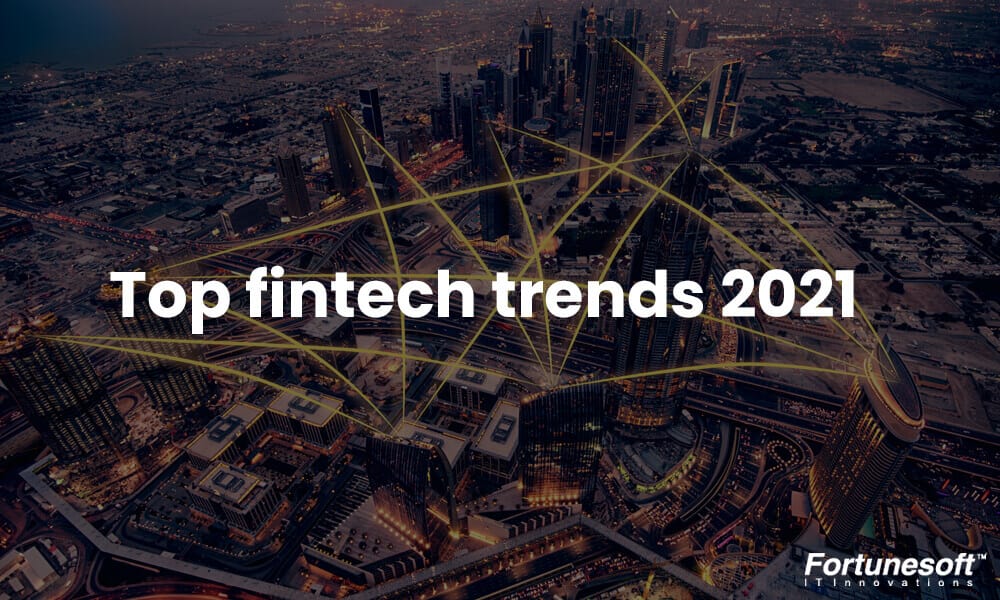
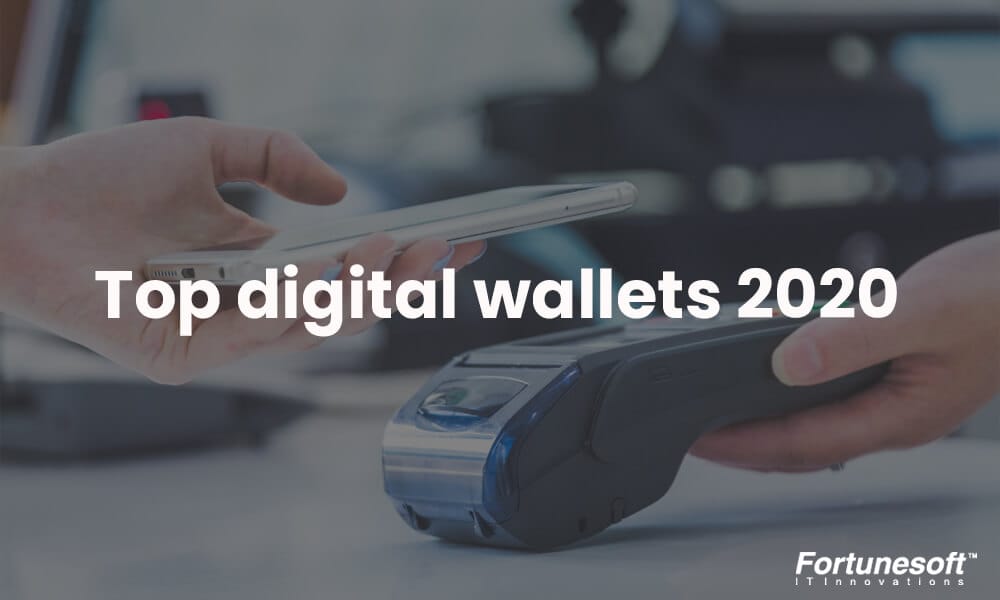
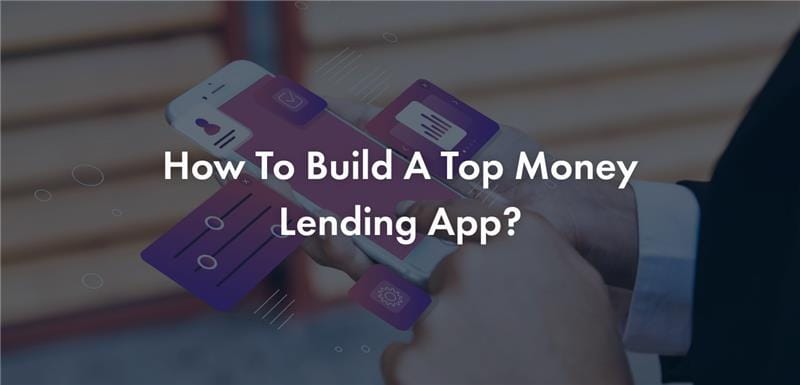
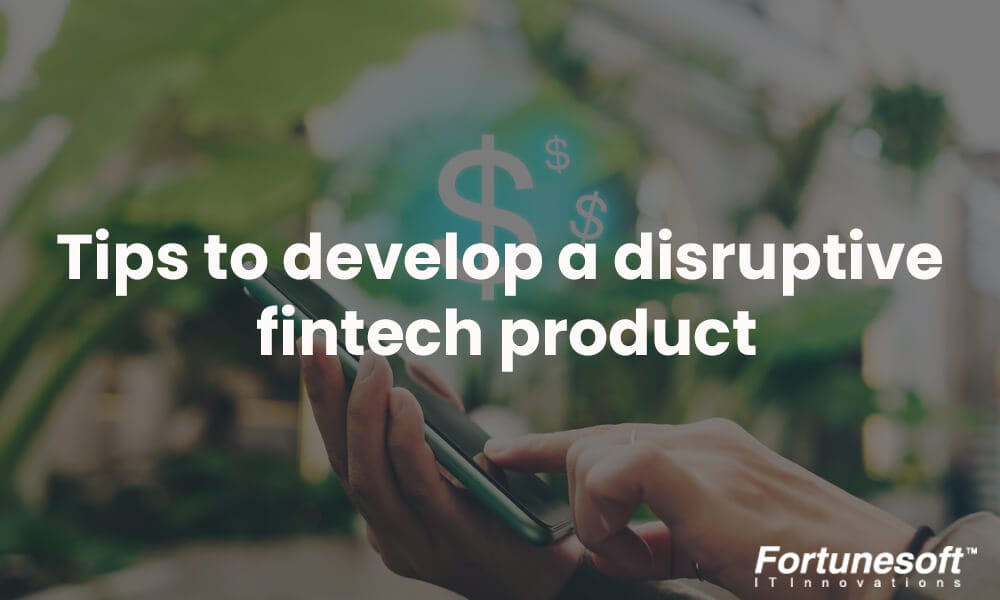
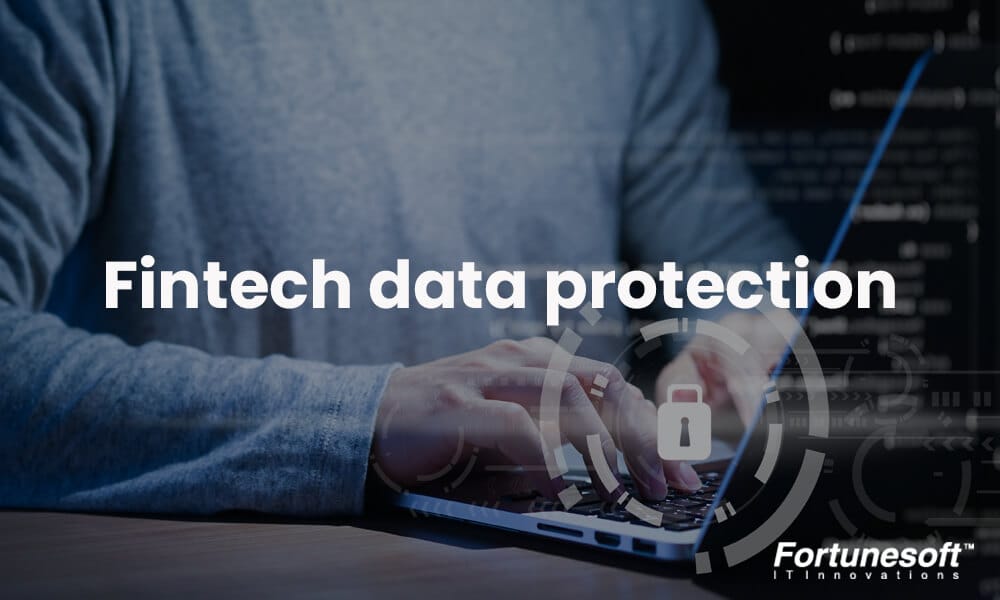

 Start Chat
Start Chat